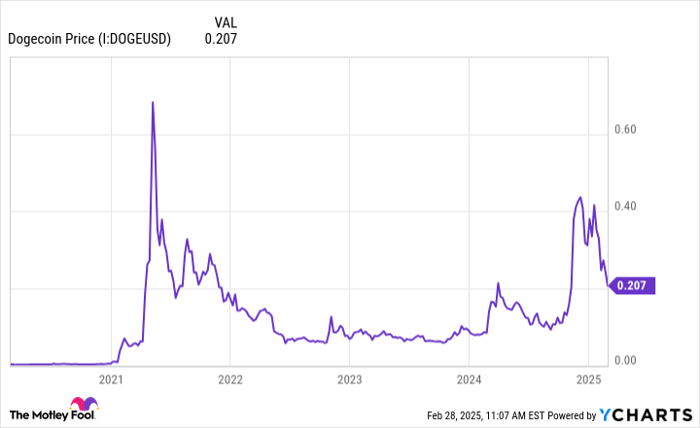Crypto Crossroads: Congress Grills Regulators on Digital Asset Rulebook

As the digital asset landscape continues to evolve, it's becoming increasingly clear that our current securities regulations need a comprehensive overhaul. The unique characteristics of cryptocurrencies, blockchain technologies, and digital tokens demand a fresh approach to market regulation. Policymakers must craft forward-thinking legislation that can effectively address the innovative financial instruments of the digital age, creating a regulatory framework that protects investors while fostering technological innovation.
Market structure legislation represents a critical pathway to modernizing our approach to digital assets. By developing nuanced, adaptive regulations that recognize the distinctive nature of these new financial technologies, we can create a more robust and responsive regulatory environment. This approach will not only provide clarity for investors and innovators but also ensure that the rapidly expanding digital asset ecosystem can develop in a secure and transparent manner.








